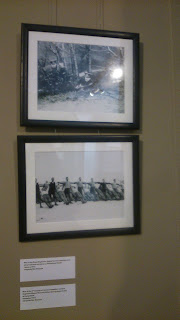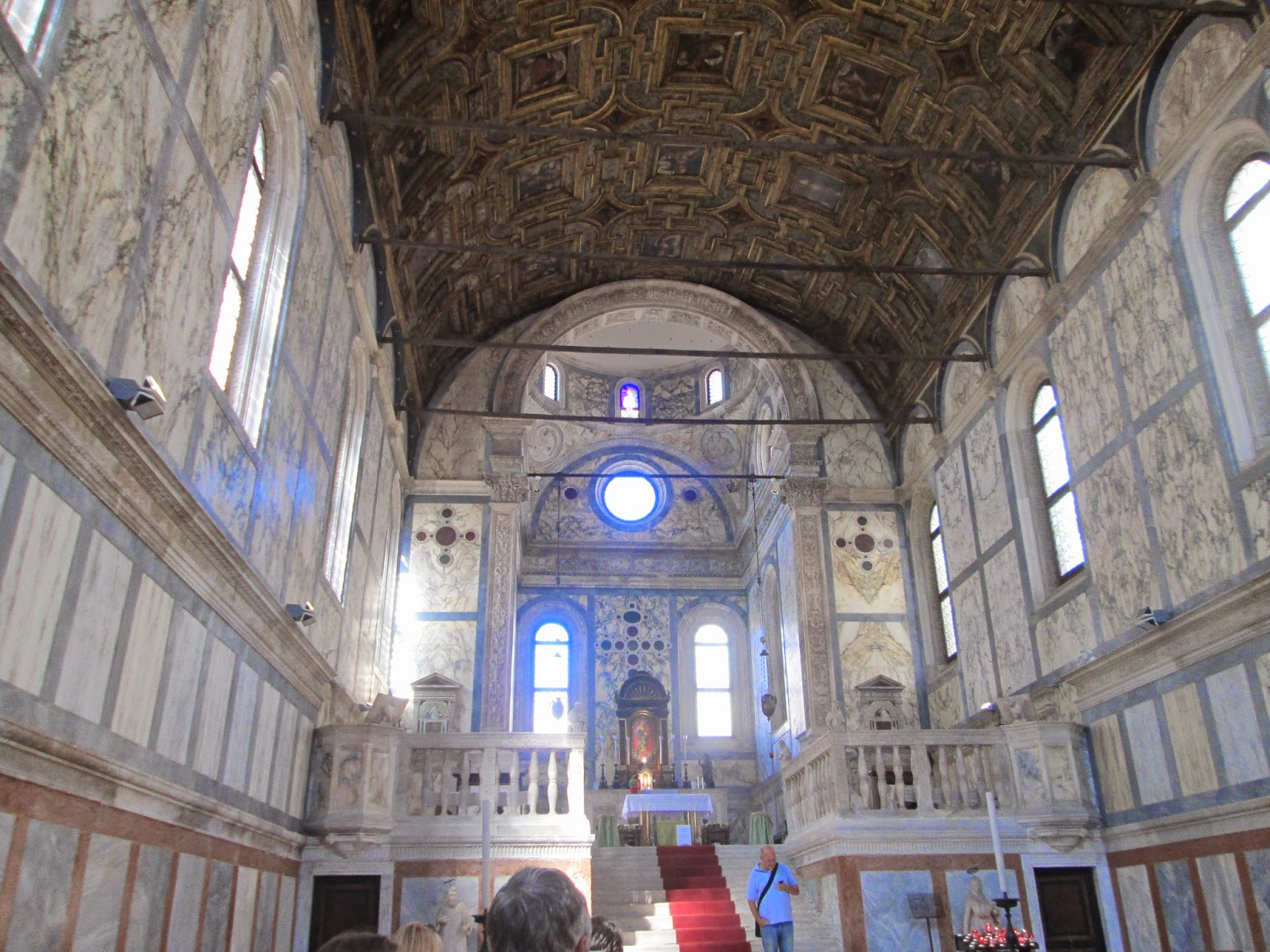Regular readers will know all about my obsession with Germany, today I even have Wir Sind Helden in the background. You will also know about my love for the British Museum. This Winter they made my dreams come true in producing Germany, Memories of a Nation.

(Memories of a Nation Trailer. Click here to watch video. Copyright: British Museum)
Different Germanys
The exhibition showcases 600 years of German history starting by illustrating the many different Germanys that have existed over time and the uniqueness of the regions. This section sort of works, it certainly gives good context for newcomers, with quality maps, but the coin display was a bit lifeless and more akin to a bronze age exhibition.
Vorsprung durch technik
Germany's technical prowess is well documented from printing, to the Bauhaus movement, the incredible work in ceramics, the Meissen rhino really is quite impressively large. And its famous people are also well celebrated, both Hans Holbein's Erasmus and Tischbein's Goethe make an appearance, as does Napoleon's hat.
(Meissen Rhino)
New Learnings
Even for a massive Deutschophile there were things to learn. I learned that hidden in the Buchenwald Concentration camp gates was the hidden rebellion of a prisoner in the form of Art Deco script. I learnt the significance of Barlach's Hovering Angel, and the relevance of the face being modelled on the mourning mother and artist, Kathe Kollwitz.
(Buchenwald Gate)
One Nation?
One of the central events commemorated in the exhibition is the anniversary of the fall of the Berlin wall. There is a great chunk of the wall outside the main exhibition space but this its relevance is mainly lost in the grand surroundings of the hall; unlike its counterpart the VW Beetle which holds its own in the glass temple. The more effective image is the protest poster, 'Wir sind ein Volk', indicative of many Germanys coming under one banner. I remain, however, unconvinced of this idea as a reality on the ground.
(Wir Sind Ein Volk)
Come and see the exhibition in real life and tell me what you think! The exhibition is open until 25th January. Or listen to the insightful radio series by Museum Director, Neil MacGregor, taking one object at a time and discussing its role in German history for 15 mins.
Further Reading
I've been to a couple of panels at the British Museum and they have introduced me to Philip Olterman (amongst others) who writes hilarious tweets and also wrote a great book in 2012, 'Keeping up with the Germans' - both informative and funny, I now finally understand why Germans love 'Dinner for One'; an English farce that I had never heard of!












































.jpg)












